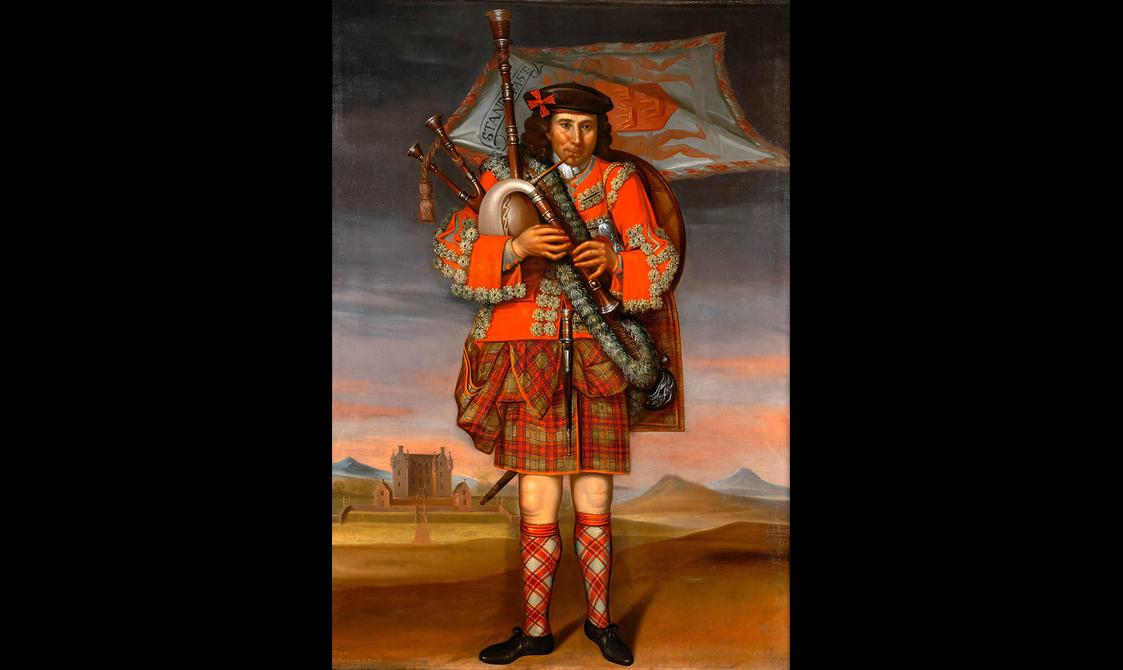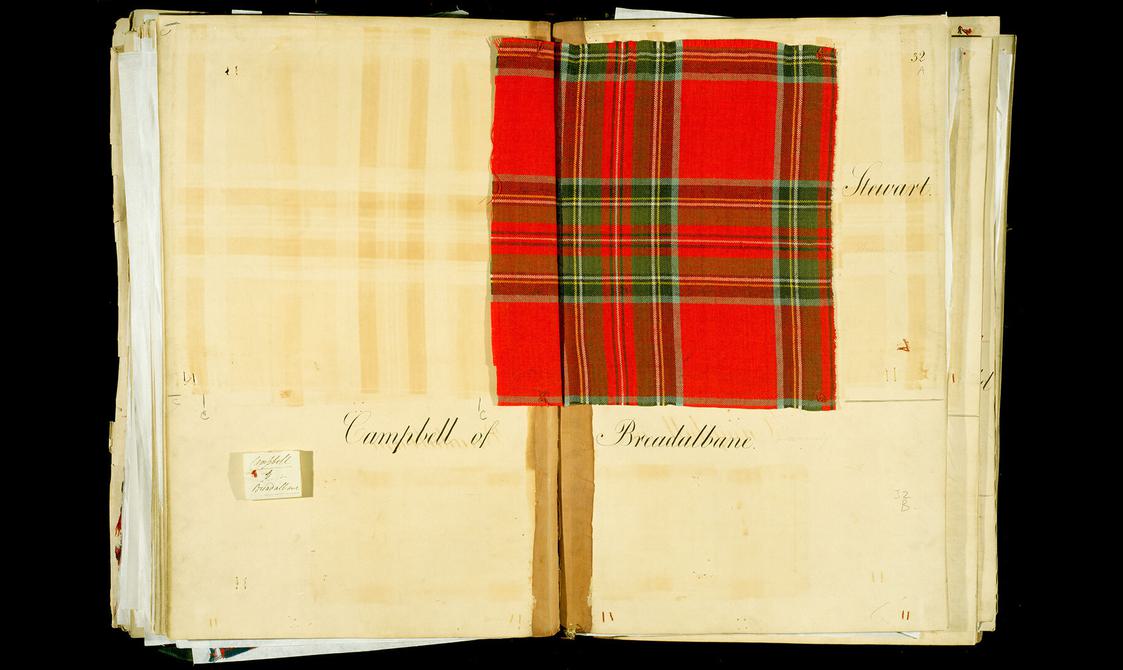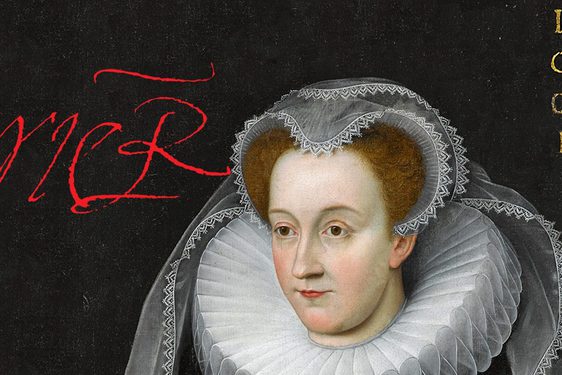
About Wild and Majestic: Romantic Visions of Scotland
Dramatic highland landscapes, heroic histories, tartan and bagpipes are among the defining images of Scotland for many people around the world today.
From the Romantic movement of the 18th and early 19th centuries to Queen Victoria’s highland idyll at Balmoral, Wild and Majestic considered the origins of these ideas and explored how they were used to represent Scotland around the world, expressed through highland and military dress, royal visits, art, literature and the beginnings of the Scottish tourism industry.
Featuring rich displays and iconic objects, this landmark exhibition charted Scotland’s journey into the global imagination and invited visitors to think again about the meaning and relevance of ideas that continue to define Scotland today.
National Museums Scotland partnered with Sabhal Mòr Ostaig College on Skye, part of the University of the Highlands and Islands (UHI), on the production of content for the exhibition. Gaelic language and culture featured throughout the exhibition, with the main narrative presented in both English and Gaelic.
Each section of the exhibition included exploration of themes from a Gaelic-cultural perspective, and throughout the exhibition filmed interviews reflected a range of perspectives, including Gaelic voices, on some contested historical themes about the period.
Exhibition highlights




Visitor views
You might also like
- Discover

Community buyouts in the islands
This film explores objects that document community buyouts in the islands of Eigg and Ulva.Keep reading - Discover

Life and deathline of Mary, Queen of Scots
Crowned Queen of Scots at just nine months old; married, crowned Queen Consort of France and widowed all by the time she was 18 years old: Mary Stewart's life was nothing if not eventful. Let's dig into the facts about her tumultuous life…Keep reading - Discover

Regional Highlands wear for women in the 18th century
An arisaid was a popular form of regional dress for women in the Scottish Highlands during the 18th century. They were seldom brightly coloured, often combining a plain white or cream ground with alternating bars of red, yellow, blue, and…Keep reading